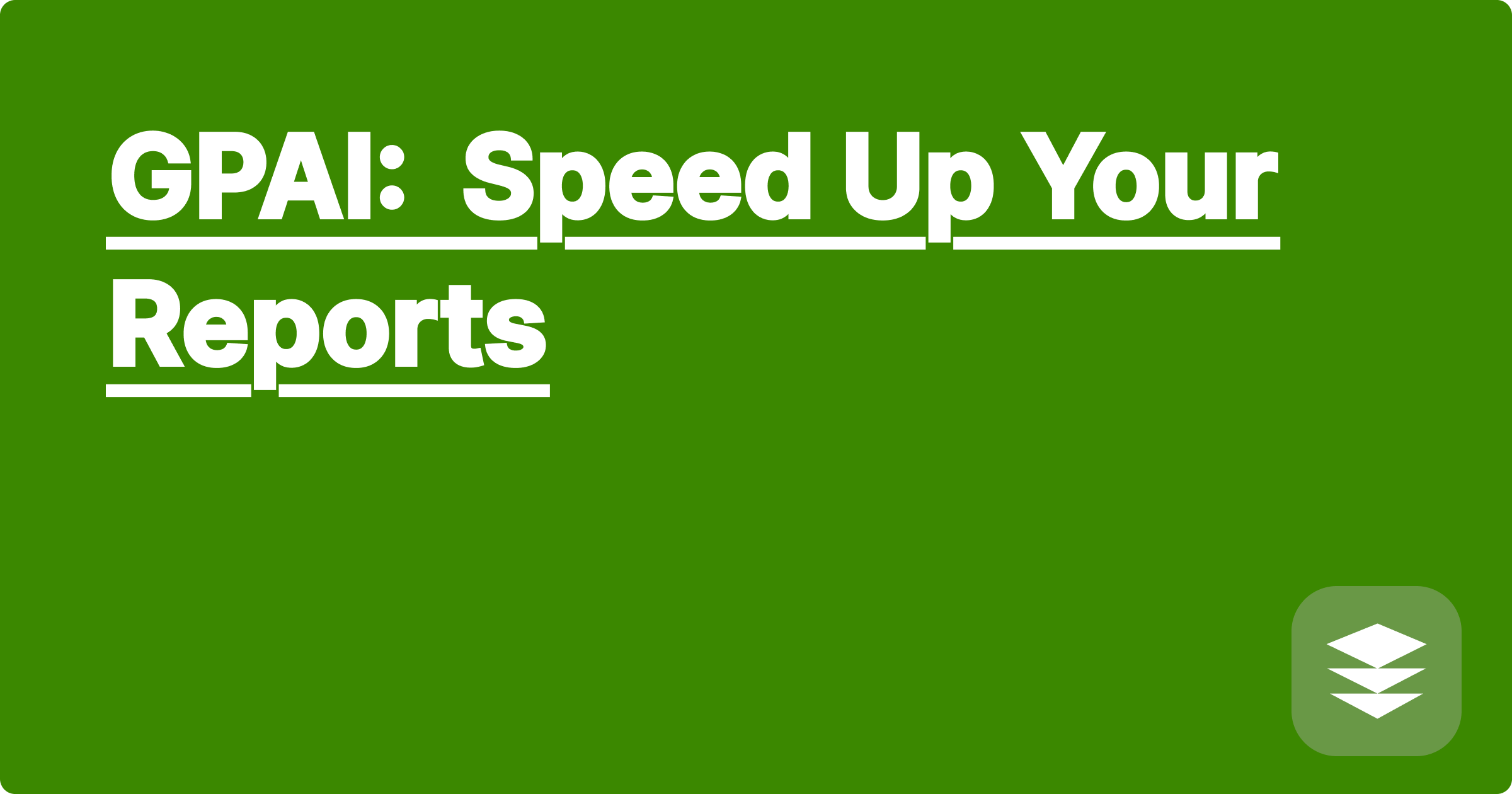
The demanding world of STEM education and research often leaves students and researchers feeling overwhelmed. Juggling complex coursework, extensive research projects, and the constant pressure to publish can be a Herculean task. One particularly time-consuming aspect of this academic life is report writing. From lab reports to research papers and thesis drafts, clear and concise communication is crucial, yet often takes hours of painstaking effort. Fortunately, the rise of artificial intelligence (AI) offers a powerful solution to streamline this process, allowing STEM students and researchers to reclaim valuable time and focus on what truly matters: exploring new ideas and pushing the boundaries of knowledge.
This blog post delves into how AI-powered tools can revolutionize report writing for STEM students and researchers. We’ll explore practical strategies, real-world examples, and specific tools like ChatGPT, Claude, and Wolfram Alpha to demonstrate how AI can transform your report writing workflow. Whether you’re a second-year undergraduate struggling with lab reports or a PhD candidate grappling with your dissertation, the techniques discussed here will empower you to write more efficiently, effectively, and perhaps even enjoy the process.
STEM reports demand a unique blend of technical precision and clear communication. They require detailed descriptions of methodologies, meticulous data analysis, and the ability to synthesize complex information into a coherent narrative. This often involves tedious tasks like formatting equations, creating visualizations, and meticulously citing sources. Furthermore, the sheer volume of writing required in STEM fields can be daunting. Students often juggle multiple reports concurrently, while researchers face the pressure of publishing regularly in competitive academic journals. This constant demand on time and energy can lead to burnout and hinder the overall learning and research process. The challenge, therefore, lies in finding a way to streamline these tasks without compromising the quality and rigor of scientific communication.
AI writing tools offer a transformative solution to the challenges of STEM report writing. These tools, powered by sophisticated language models, can assist with a wide range of tasks, from generating initial drafts and summarizing complex information to refining grammar and style. For example, ChatGPT can be used to create outlines, generate introductory paragraphs, and even suggest relevant literature based on a given topic. Claude, another powerful AI assistant, excels at summarizing research papers, providing concise explanations of complex concepts, and offering alternative phrasing to improve clarity. Wolfram Alpha, with its computational prowess, can be invaluable for verifying calculations, generating plots and graphs, and providing contextual information on scientific concepts. By integrating these tools into your workflow, you can significantly reduce the time spent on tedious tasks and focus on the intellectual core of your work.
Let's walk through a practical example of using AI to write a lab report. First, input your raw data and experimental methodology into ChatGPT and prompt it to generate a first draft of the "Methods" section. Then, use Claude to summarize the key findings of your experiment and create a concise "Results" section. Next, leverage Wolfram Alpha to generate relevant graphs and visualizations to support your data. Finally, feed the combined output back into ChatGPT to refine the overall narrative, ensure consistency in style and tone, and generate a compelling conclusion. This iterative process allows you to leverage the strengths of different AI tools, creating a synergistic effect that significantly accelerates the writing process.
Consider a scenario where you need to explain a complex equation like the Navier-Stokes equation in fluid dynamics. You could use Wolfram Alpha to not only display the equation in proper mathematical notation but also provide contextual information about its derivation and applications. In another example, if you’re writing a report on a chemical reaction, you could use ChatGPT to generate a balanced chemical equation and describe the reaction mechanism in detail. For coding assignments, AI tools can generate code snippets in various programming languages like Python or MATLAB, saving you valuable time and effort. Furthermore, AI can assist with literature reviews by summarizing key findings from multiple research papers and suggesting relevant citations. These examples illustrate the versatility of AI tools and their potential to revolutionize various aspects of STEM report writing.
To maximize the benefits of AI in your academic work, it's essential to develop effective strategies for integration. First, treat AI as a collaborative partner, not a replacement for your own critical thinking. Always review and verify the output generated by AI tools, ensuring accuracy and originality. Second, experiment with different AI tools to discover which ones best suit your specific needs and writing style. Third, develop a clear understanding of the ethical implications of using AI in academic writing, ensuring proper attribution and avoiding plagiarism. Finally, remember that AI is a tool to enhance, not replace, your own skills and knowledge. By combining the power of AI with your own intellectual capabilities, you can achieve a level of efficiency and productivity that was previously unimaginable.
By embracing the power of AI, STEM students and researchers can transform report writing from a daunting chore into a more manageable and even enjoyable process. These tools empower you to reclaim valuable time, focus on deeper learning, and ultimately contribute more effectively to the advancement of scientific knowledge. Start experimenting with these AI-powered solutions today and unlock your full academic potential. Explore the possibilities, find the tools that best fit your workflow, and embrace the future of STEM report writing.